
|
ECGbook.com Making Medical Education Free for All |
Upload ECG for Interpretation |

|
ECGbook.com Making Medical Education Free for All |
Upload ECG for Interpretation |
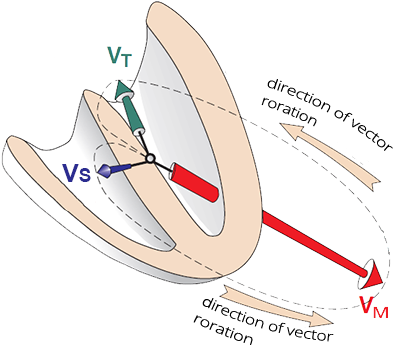
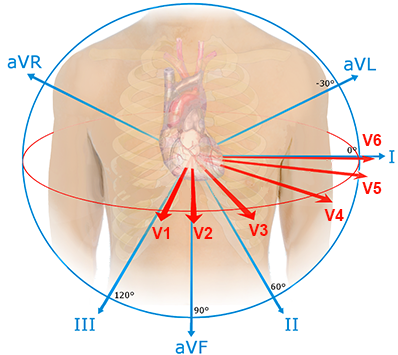

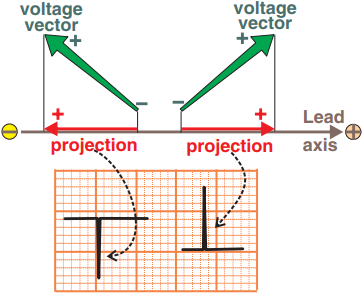
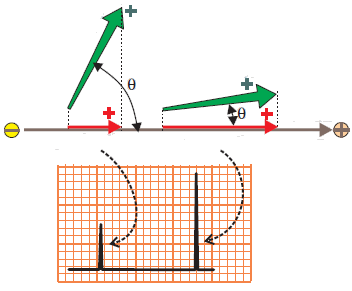
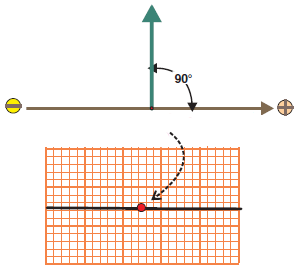
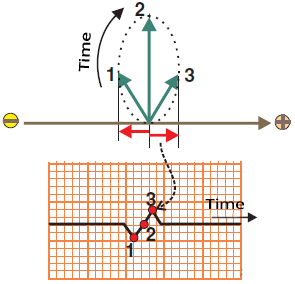

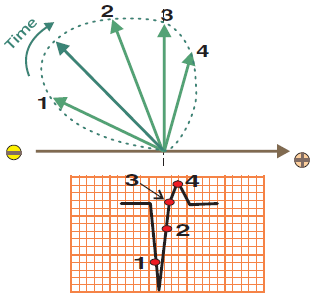
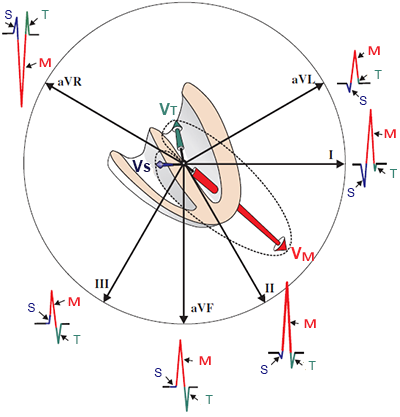
Limb Leads

Chest Leads
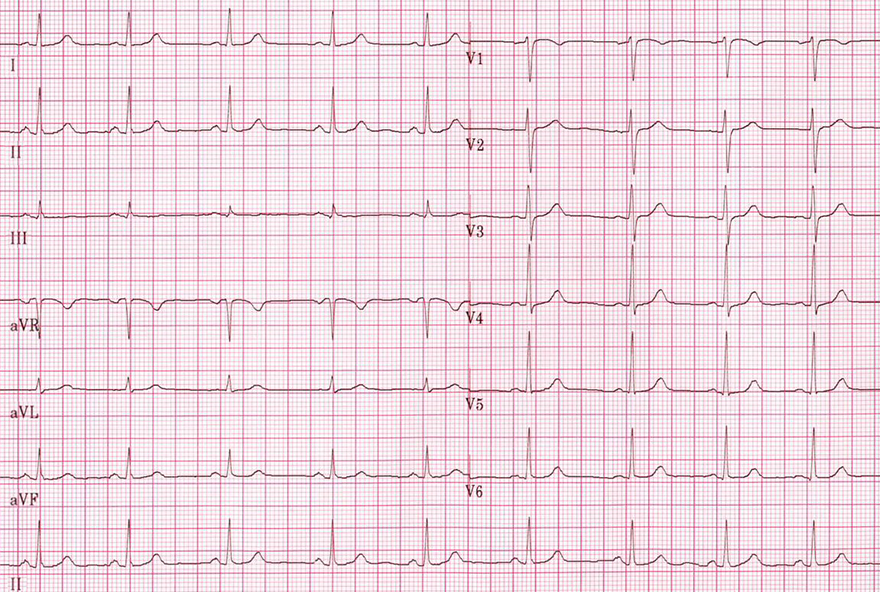
Sinus Rhythm
Sources
Main Ventricular Vector
|

|
ECG Leads
|

|


|
Positive and Negative ECG Deflection
|

|
Magnitude of the ECG Deflection
|

|
Isoelectric ECG Deflection
|

|
Biphasic ECG Deflection
|

|
Predominantly Positive ECG Deflection
|

|
Predominantly Negative ECG Deflection
|

|

|
|
Limb Leads
|
Chest Leads
|

Sinus Rhythm
Sources